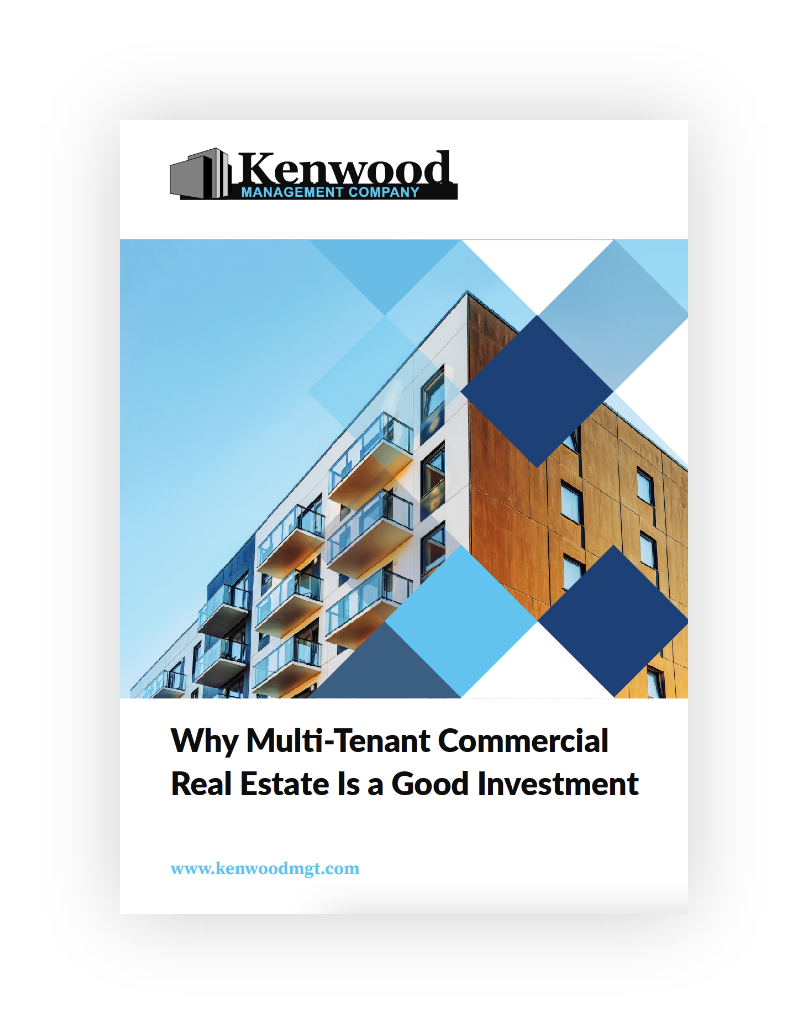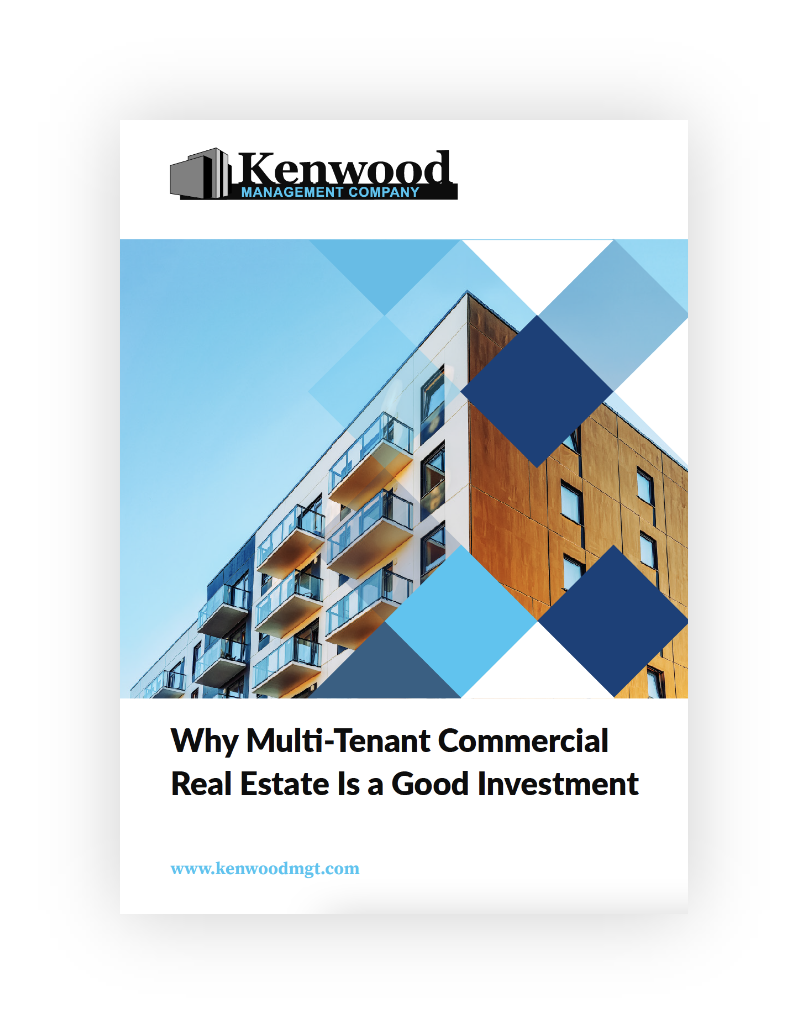Now that we understand the difference between single and multi tenant commercial real estate, let's discuss the benefits of investing in multi tenant properties. Here are five reasons why commercial properties with multiple businesses are the best investments.
1. Diversification
Investing in a multi-tenant property offers diversification for an investment portfolio. Compared to a single-tenant property, which only has one tenant from one industry, multi-tenanted properties enable investors to spread their risk.
Generally, multi-tenanted properties are leased to tenants from numerous industries. A typical multi-tenanted property might be leased to businesses that represent 15 or 20 different industries. If one industry, such as defense contracting, experiences challenges from reduced government spending, then the tenants from other industries minimize the overall investment risk.
Much like a mutual fund, multi-tenanted properties generally enhance an investor’s risk/reward outcome.
2. Stable Cash Flow
Even during inflation, properties with multiple tenants offer more stable cash flow because the income is spread out among numerous tenants. If one tenant leaves a multi-tenanted property, there are still other tenants providing rental income to the investor. This stability can be especially attractive to investors seeking a consistent source of passive income.
3. Lower Vacancy Risk
Over the long term, multi-tenant properties offer an investor a lower vacancy risk compared to single-tenant buildings. If one tenant leaves a multi-tenanted property, there are still other tenants occupying the property and paying rent.
However, in a single-tenant situation, losing that one tenant means an investor loses all income for that property until another tenant moves in. Moreover, even though you don’t have a tenant, the property still incurs expenses for taxes, insurance, and utilities.
Investing in multi-business buildings can help mitigate the risk of vacancy and reduce the impact on the property's cash flow.
4. Potential for Higher Returns
Buildings with multiple tenants have the potential for higher returns over the long term because the income is spread out among various tenants. Building owners also have the potential to raise the rent for one or more tenants more frequently compared to a single-tenant property. This can lead to higher cash flow and potentially greater appreciation over time.
5. Tax Benefits
Investing in multi-tenant properties can offer significant tax benefits, such as depreciation. These tax benefits can help to lower the overall tax liability and increase an investor’s after-tax income.









